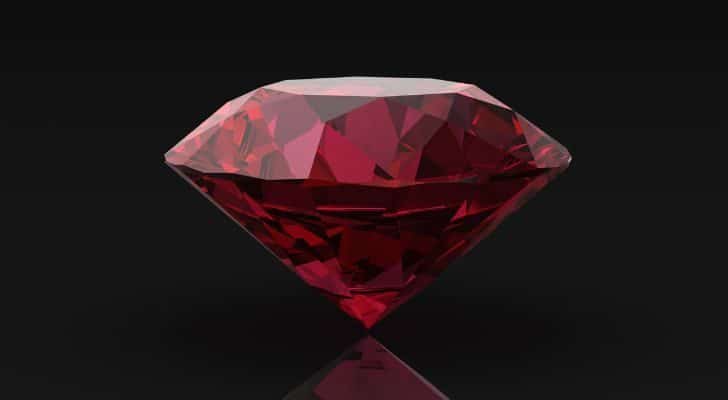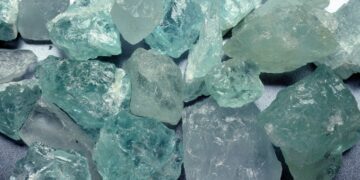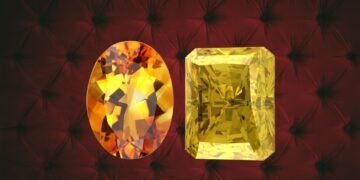Explore the captivating world of July’s birthstone, the ruby, and learn about its rich history and cultural significance.
This brilliant red gemstone, known as the “King of Gemstones” in Sanskrit, has been a symbol of luxury for centuries.
Beyond its stunning appearance, rubies have played a significant role in various cultural and spiritual practices throughout history.
From being used as amulets to ensure victory in war to protecting sailors from drowning, the ruby holds a special place in many cultures.
While most people associate rubies with fine jewelry and anniversary gifts, there’s so much more to learn about this remarkable gemstone. Read on to discover more about the fascinating history and symbolism of rubies.
Rubies are the red gem variety of corundum, an aluminum oxide mineral. It may contain other elements like chromium, iron, and titanium.
The two main sources of rubies today are Myanmar and Mozambique.
Rubies are almost always red with various tones like pink, purple, orange, and violet. The element chromium is responsible for the fiery red color of this gemstone. The more chromium the ruby contains, the deeper its red color.
Although chromium gives them their color, it’s also why large, top-quality rubies are rare. This is because chromium can cause cracks to develop in the corundum.
Rubies are closely related to sapphires, as sapphires are also a variety of corundum. In fact, all other colors of corundum are classified as sapphires.
Early cultures believed rubies had fire inside, so they worshipped them. Rubies are still an important symbol in various religions; for example, in Christianity, they represent the death of Jesus Christ on the cross.
Rubies don’t get scratched easily. On the Mohs hardness scale, they rank 9, only surpassed by diamonds.
101 carat Estrela de Fura is the largest ruby of gemstone quality. However, 125West, an uncut ruby weighing 18,696 carats, is the largest in the world.
The Black Prince’s Ruby is one of the most valuable gems in the British Imperial State Crown. But it’s not truly a ruby, but a 170-carat red spinel dating back to the fourteenth century.
Rubies represent love, power, and passion. They’re also believed to protect the wearer from temptation and bad luck.
Synthetic rubies look identical to mined gems, and it’s difficult to tell them apart. The earliest attempts to make synthetic rubies were in 1885 and involved melting smaller ones. Eventually, in 1900, Auguste Verneuil made the first gem-quality rubies and displayed them at the Paris World’s Fair.
Rubies can withstand high temperatures, so they’re used in lasers such as those used for tattoo removal.
“Ruber” or “Rubeus,” the Latin words for red, are the origins of the name ruby. In Medieval Latin, rubies were also called “rubīnus,” which directly translates to red stone.
Yukihiro Matsumoto was stuck between coral and ruby when choosing a name for his programming language. He eventually decided to name his programming language Ruby after July’s birthstone.
The 25-carat Sunrise ruby sold for $30 million is the most expensive in the world. It also holds the title of the world’s most costly colored gemstone. The Sunrise Ruby is named after a poem of the same name by Rumi, a poet from the 13th century.

For those born in July, the ruby is more than just a birthstone – it’s a symbol of passion, love, and power.
As one of the hardest gemstones, rubies are also incredibly durable and can withstand high temperatures, making them ideal for use in everything from laser technology to fine jewelry.
Whether you’re a fan of rubies for their beauty or their symbolism, there’s no denying that these gemstones are truly one of a kind.


















